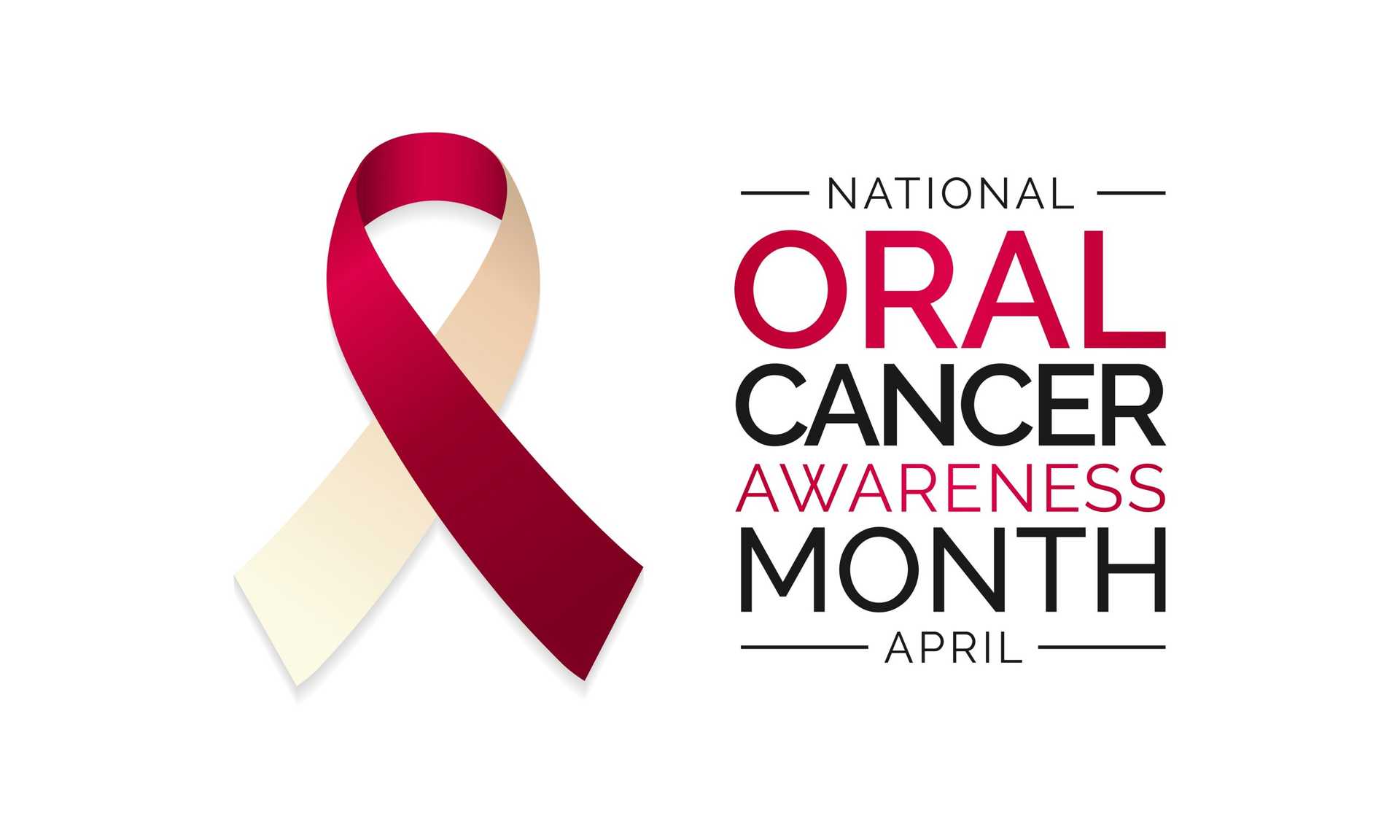
Oral cancer kills one person every hour of every day in the United States alone. This HUGE statistic is the reason April has become oral cancer awareness month. All dental professionals, including us here at Freytag Orthodontics, are using this month to explain the dangers of mouth cancer and what signs to look for.
Where to look for Oral Cancer?
Oral cancer occurs anywhere within the oral cavity. This includes:
- Roof of mouth
- Floor of mouth
- Lips
- Gums
- Cheeks
- Tongue
- Cheeks
Causes of Oral Cancer
Oral cancer can be caused by numerous things both environmental and genetic. The leading cause of this disease is excessive use of alcohol or tobacco products. However, an over abundance of sun exposure to your lips as well as the Human Papillomavirus (HPV) are also associated causes.
Signs to look for
The first step in maintaining good oral hygiene is making sure you visit your general dentist twice a year for an annual cleaning and checkup. At these appointments, your dentist will check the inside of your mouth and tongue for any signs of cancer and address any concerns they may have. If you are concerned that you might be at risk for mouth cancer, look for the following:
- Sores on the lips or inside the mouth that don’t heal and easily bleed
- A growth or lump inside the mouth
- White or reddish patch inside the mouth
- Loose teeth
- Difficult or painful chewing or swallowing
- Mouth pain
The Oral Cancer Foundation has created a great website, Check Your Mouth, which walks you through step-by-step how you should check your mouth monthly to protect yourself. This website includes both pictures and a video to assist you as well as tools you will need.
Diagnosing Oral Cancer
Your doctors can diagnose oral cancer a few different ways:
1. Biopsy
If your doctor suspects cancer, they may take a biopsy of the area in the mouth in which they are concerned. A biopsy is a procedure where tissue is removed and studied under a microscope to identify abnormal cell growth.
2. CT Scan or MRI
Computerized tomography (CT) scan or magnetic resonance imaging (MRI), are two noninvasive imaging procedures that can detect abnormalities that a typical x-ray may not be able to.
Treatment Options
Once it has been confirmed that oral cancer is present, it will then be staged so the doctor can determine the best course of treatment. There are a variety of treatment options for oral cancer, but some of the most common include:
Surgery
Surgery can be performed to remove any abnormal cells within the oral cavity. Reconstruction surgery may also be needed after the removal process.
Radiation
Radiation is the use of high energy rays that damage cancer cells and halt the spread of the disease. Additionally, it is localized to minimize the damage to healthy cells within the body.
Chemotherapy
This is often the most aggressive form of treatment. Chemotherapy is the use of medication throughout the entire body to destroy cancer cells. It can be used alone or in conjunction with radiation.
It’s important to properly brush and floss your teeth daily, and examine any troubled areas in your mouth while doing so. Although oral cancer is one of the most extreme cases, there are other common dental problems you should be looking for as well. Your general dentist will also do cancer screenings at your annual check-up, so be sure to ask questions if you’re experiencing any of the symptoms listed above or having oral pain and swelling.
At Freytag Orthodontics, we promise to be on the look out for anything abnormal at each of your orthodontic appointments. We have two convenient locations in the Northwest Tucson area: Oro Valley and Marana.
